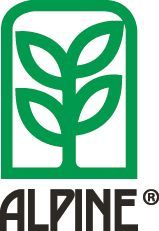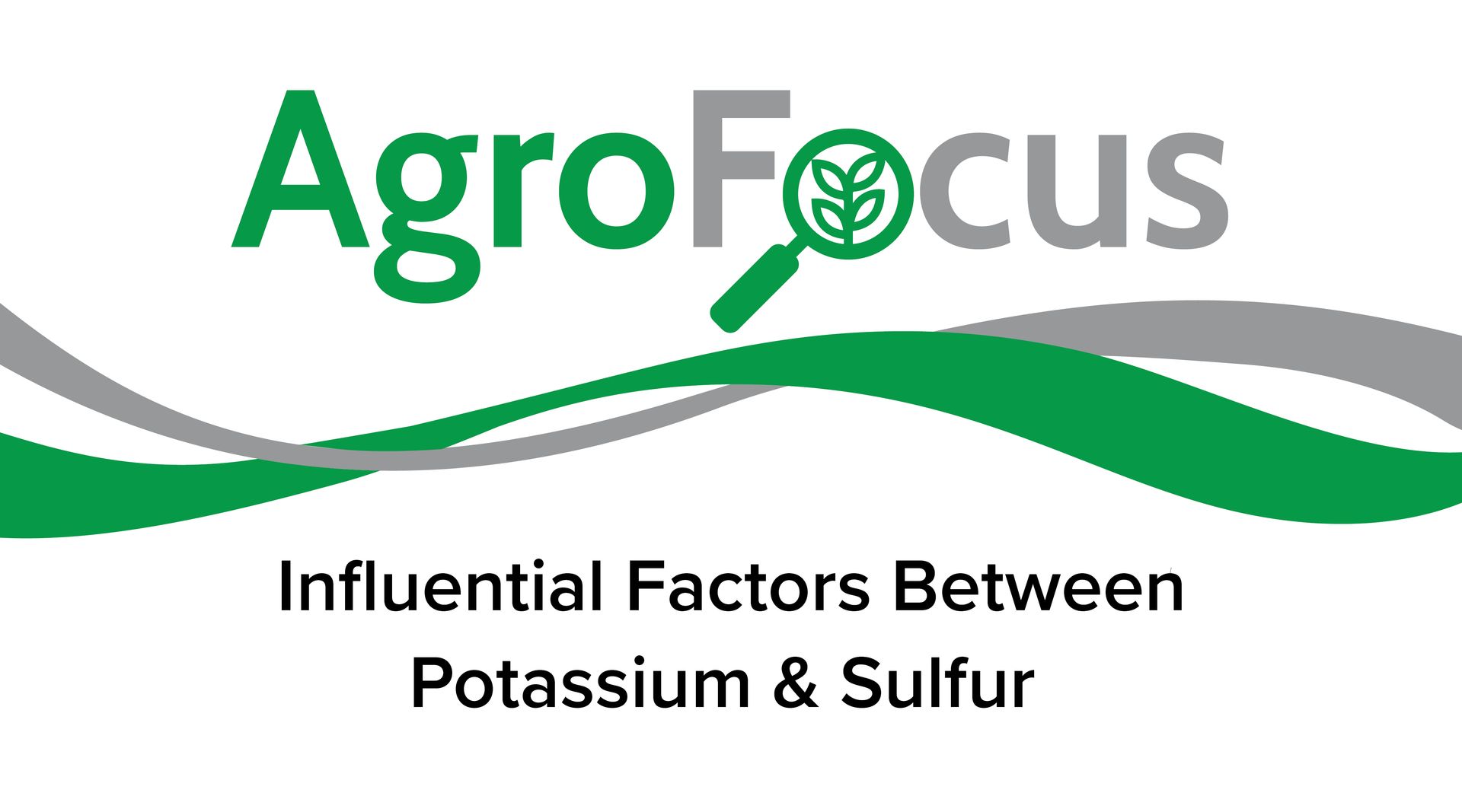Harvest is upon us, the close of one season and the planning of a new!
Crisp autumn mornings turn into long productive days filled with the product of all our efforts throughout the year; it’s Harvest Time! Harvest time has always been a time of excitement. It’s a time when we give thanks for our blessings and a time when challenges are considered for the season to come. We’re busy finishing up with one season while planning for the next. Soon growers all over the nation will begin sorting through production records, soil tests, looking at product information and begin the plans for next season. It’s the time when I get the question, what can we do better or what could we have done different? This question always leads to the same evaluation process: what are your objectives, what do you have to work with and what are your limitations? The American Farmer, in my eyes, is the most productive producer in the world and for the most part we do things well, at least we work well on the big items, the obvious ones. I find that when I am consulted on a challenge or a production issue and I am tasked with finding that limiting factor, it is most always a little thing that could be easily overlooked and that ends up being the Achilles heal or the limiting factor to maximum production. When sorting out challenges it’s obvious that the first step is to discover the true limitation and then to consider the tools that you have to work with while making the correction. This is where you want to look at your production methods, your soil tests and I’m suggesting a complete soil test taking into account the macronutrients like your Nitrogen, Phosphorus and Potassium. The secondary nutrients like Calcium, Magnesium and Sulfur and last but not least the micronutrients including the less obvious like Molybdenum and Cobalt. Micronutrients are critical to production and yet I still receive soil tests to review where micros were never sampled and that’s a big mistake. Many functions within the plant are associated with a micronutrient and if we aren’t even sampled for them we already have one limitation that could escape our review. Nutrients also have partners within plant production. If your discovery suggests that a particular nutrient may be limiting don’t forget to consider other nutrients that support the effective use and utility of the target nutrient. Lastly don’t forget that there are varied levels of antagonists that reside in many soil profiles. Imbalance of pH and Cation Base Saturation can be major detractors to effective nutrient uptake and can impose a limiting response in the soil profile. Phantom antagonists such as Iron and Aluminum if not checked can limit production in many ways. When we work to develop a program and work to mitigate the various challenges that limit our chances of maximizing production keep in mind The NACHURS Toolbox. There isn’t a more complete set of tools out there than that which you will find with NACHURS and our Agronomy staff; products that fix problems and support production and a staff able to assist you in this endeavor. Another important part is to know and understand the tools that you have to work with. NACHURS has long been a leader in manufacturing clean and efficient products, innovative and effective. It’s also necessary to understand the function of each nutrient as it pertains to crop production. Knowing and understanding your challenges must be met with the correct use and application of the right tool! I have included some tools that we have developed and some that are currently out there for you as a resource. Knowledge is power but some things we are unaware of until someone shares it with us. Knowing what the challenges are, knowing and understanding what tools are there to apply and the understanding that you have a partner in production in NACHURS is a great start! Nutrient Primary Functions Nutrient Utilization Nutrient Partnering Interactions The above is an abbreviated discussion on the subject. For a more in-depth review consult a NACHURS authorized representative or dealer.
Crisp autumn mornings turn into long productive days filled with the product of all our efforts throughout the year; it’s Harvest Time!
Harvest time has always been a time of excitement. It’s a time when we give thanks for our blessings and a time when challenges are considered for the season to come. We’re busy finishing up with one season while planning for the next.
Soon growers all over the nation will begin sorting through production records, soil tests, looking at product information and begin the plans for next season. It’s the time when I get the question, what can we do better or what could we have done different? This question always leads to the same evaluation process: what are your objectives, what do you have to work with and what are your limitations?
The American Farmer, in my eyes, is the most productive producer in the world and for the most part we do things well, at least we work well on the big items, the obvious ones. I find that when I am consulted on a challenge or a production issue and I am tasked with finding that limiting factor, it is most always a little thing that could be easily overlooked and that ends up being the Achilles heal or the limiting factor to maximum production.
When sorting out challenges it’s obvious that the first step is to discover the true limitation and then to consider the tools that you have to work with while making the correction. This is where you want to look at your production methods, your soil tests and I’m suggesting a complete soil test taking into account the macronutrients like your Nitrogen, Phosphorus and Potassium. The secondary nutrients like Calcium, Magnesium and Sulfur and last but not least the micronutrients including the less obvious like Molybdenum and Cobalt.
Micronutrients are critical to production and yet I still receive soil tests to review where micros were never sampled and that’s a big mistake. Many functions within the plant are associated with a micronutrient and if we aren’t even sampled for them we already have one limitation that could escape our review.
Nutrients also have partners within plant production. If your discovery suggests that a particular nutrient may be limiting don’t forget to consider other nutrients that support the effective use and utility of the target nutrient.
Lastly don’t forget that there are varied levels of antagonists that reside in many soil profiles. Imbalance of pH and Cation Base Saturation can be major detractors to effective nutrient uptake and can impose a limiting response in the soil profile. Phantom antagonists such as Iron and Aluminum if not checked can limit production in many ways.
When we work to develop a program and work to mitigate the various challenges that limit our chances of maximizing production keep in mind The NACHURS Toolbox. There isn’t a more complete set of tools out there than that which you will find with NACHURS and our Agronomy staff; products that fix problems and support production and a staff able to assist you in this endeavor.
Another important part is to know and understand the tools that you have to work with. NACHURS has long been a leader in manufacturing clean and efficient products, innovative and effective. It’s also necessary to understand the function of each nutrient as it pertains to crop production. Knowing and understanding your challenges must be met with the correct use and application of the right tool!
I have included some tools that we have developed and some that are currently out there for you as a resource. Knowledge is power but some things we are unaware of until someone shares it with us.
Knowing what the challenges are, knowing and understanding what tools are there to apply and the understanding that you have a partner in production in NACHURS is a great start!










